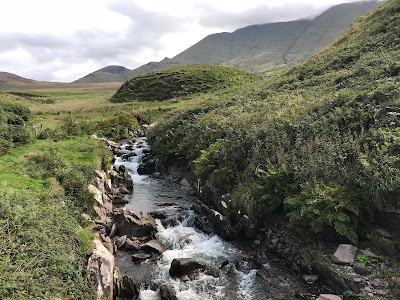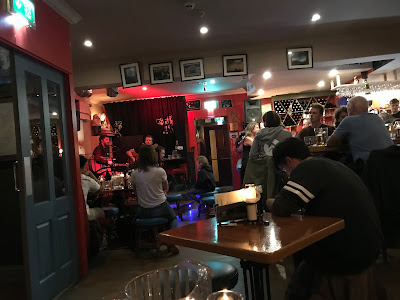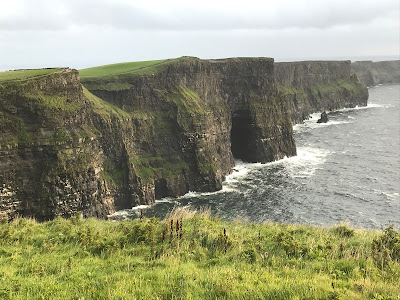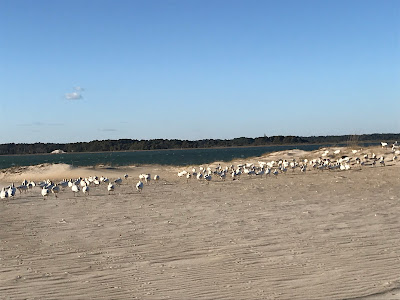On this, the last day of Women’s History Month, I’m thinking about the women in my life: my daughters, sister and mother, my sisters-in-law, grandmothers, aunts and cousins.
I’m thinking about my women friends, so many dear ones, some I’ve known since high school and college, others of more recent vintage.
I’m thinking about the women I’ve met on travels around the world, women tackling enormous problems with grace and good cheer.
How strong these women are, kind and capable and funny. Yesterday, still mulling over the tragedy in Nashville and lawmakers’ tepid response to it, I thought, if women were in charge, we would do something about it.
First, we would not be in the same dire predicaments if women were running the world. But even if we were, we would be facing them differently, more collaboratively and courageously.
I could be wrong, of course. Maybe women would fall into the same traps that men do. But I don’t think so. And I hope one day we have a chance to find out.
(I met these women from Ntcheu, Malawi, in December 2018.)
















